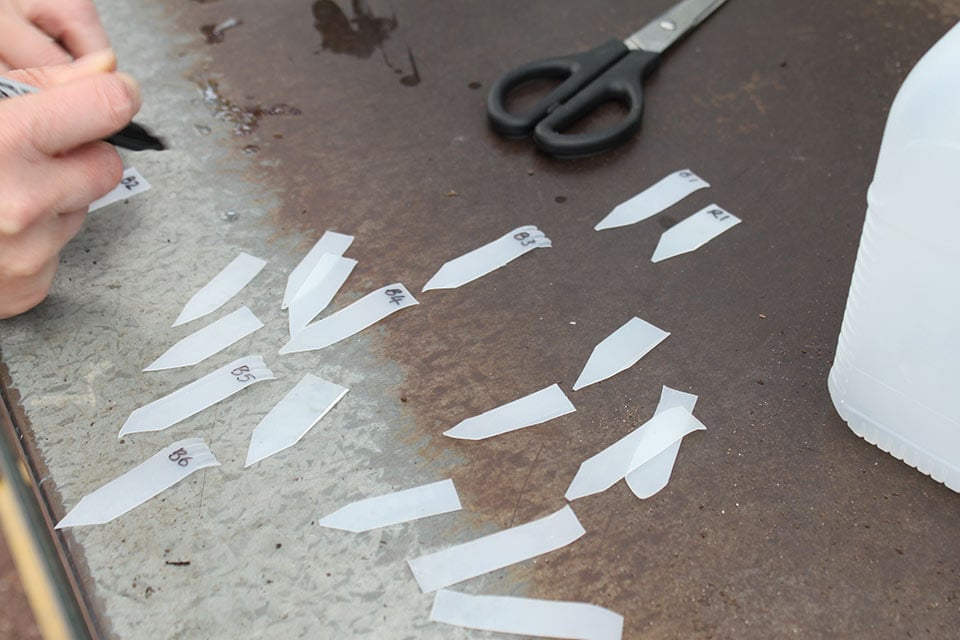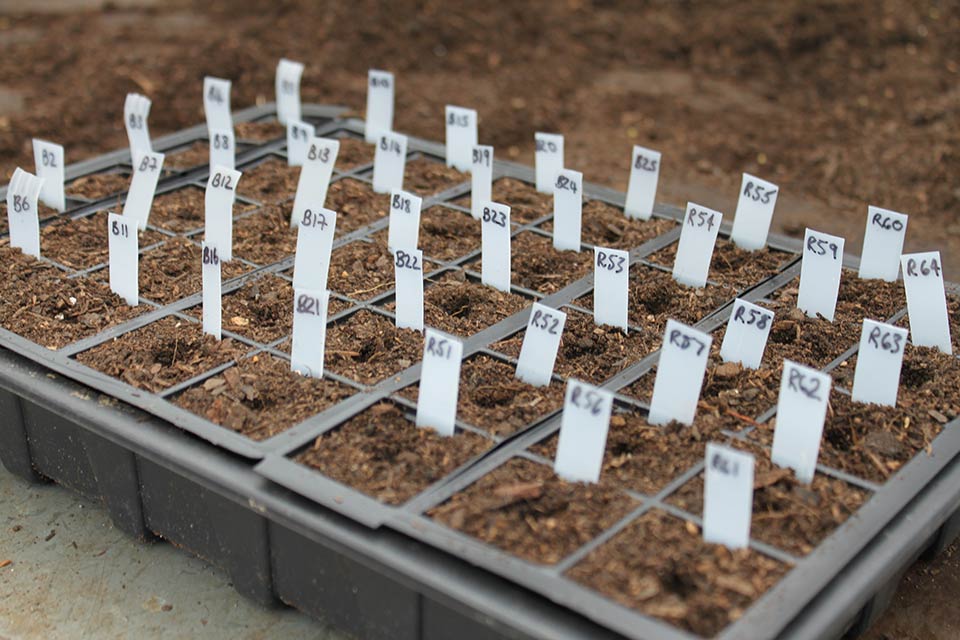Rocket Science Experiment Overview
Use this simplified version of the Rocket Science experiment to plan your lessons and get your equipment ready
Introduction
Rocket Science is giving 10,000 UK schools the opportunity to engage their pupils in a UK-wide live science experiment to contribute to our knowledge of growing plants in space. After participating in a classroom experiment in May and June 2016, pupils will be asked to enter their results in a bespoke microsite so that results from schools across the nation can be collated and analysed by professional biostatisticians.
Two kilograms of rocket (Eruca sativa) seeds were launched on Soyuz 44S on 02 September 2015 with European Space Agency (ESA) astronaut Andreas Mogensen and his crew, arriving on the International Space Station (ISS) two days later. British ESA astronaut Tim Peake will take charge of the seeds while on the ISS for his Principia mission starting in December. After being held for about six months in microgravity, the seeds will be returned to Earth with astronaut Scott Kelly, currently planned for March 2016.
Once the seeds have returned they will then be distributed to schools signed up to the project. Each participating school will receive 100 seeds that have been on the ISS and 100 seeds that have remained on Earth. The seed packets will be colour coded, however schools will not be told which packet contains which seeds until national results have been published. Online resources to expand student learning will be available on the website of the UK Space Education Office (ESERO) before, during and after the Rocket Science experiment.
Full instructions will be provided in a printed Rocket Science Teachers’ Pack, which will be suitable for all ages and distributed to schools by the Royal Horticultural Society (RHS) in April 2016, ready to begin the experiment in April-May. The pack will contain the two packets of rocket seeds, an A1-sized wall chart to enable pupils to monitor seedling growth, fun stickers and a booklet with simple step by step instructions for the experiment and room to record data.
Equipment
Teachers will be asked to source the following equipment before the arrival of the seeds in April 2016:
-
1 x 25 litre bag of compost (1x 20 litres fills 8 trays)
-
5 x seed module trays with a space for each of the 200 seeds e.g. a P40 tray that has 40 individual square cells for each seed. Please see the image below
-
8 x seed trays to hold the module trays. The standard size is best, this is approximately 24.5cm wide, 37cm long and 6cm deep
-
Clean and empty clear milk cartons for labels. Each seed needs to be labelled, and for this you will require 8 x 2 pints, 4 x 1 litre or 2 x 2 litre cartons
-
Classroom windowsill or space inside to house the experiment. This needs to be a single location, preferably with a good source of light but away from strong sunlight or radiators


A group of pupils will need to be identified to perform the experiment. This could be a class, STEM club, gardening club or other group. It is envisaged that this group will also present its findings to the wider school, for example through an assembly.
Learning objectives
-
Students will work scientifically to compare the growth of the two types of seeds through research and observation, suggest which is which and suggest possible explanations for their results. Some will also practise effective science communication skills when presenting to the wider school.
-
Students will understand the components of good plant growth i.e. soil, water and light and be introduced to new components such as the presence of gravity.
-
Students may also be inspired to find out more about careers in STEM subjects including horticulture, plant science and the space industry as a whole.
Methods
Each seedling will have a letter and number code. Pupils will take 9 measurements over 35 days collecting data as instructed on germination, growth, leaf count and plant height at frequent intervals. Randomisation is a key element of the experiment process to ensure that the data is unbiased. A simple explanation of how to achieve this will be provided in the Teachers’ Pack. The data can quickly be recorded on the Rocket Science wall chart in the classroom and the experiment booklet, and entered at a later date on the data collection website following instructions that will be provided.
Seedling Care
The rocket seeds will be sown on the first available Tuesday of the summer term following receipt (Day 1). We suggest the seeds are sown on a Tuesday, Wednesday or Friday to avoid having to take measurments on weekend days.The experiment is organised into 6 weeks of work (totalling 35 days) and no weekend work is necessary. Your seedlings will need to be checked daily for watering, so appoint a pupil each day to do this. For the weekend ensure the seedlings are watered before you go home and then check them first thing on Monday morning. Pupils will gain key horticultural skills such as seed sowing and watering as a result of their participation in Rocket Science.
Results
After all the data has been collected, the results will be analysed by professional statisticians. Leading scientists from the RHS and European Space Agency will interpret the results and draw possible conclusions. An online report will also be made available on the RHS Campaign for School Gardening website from September 2016.